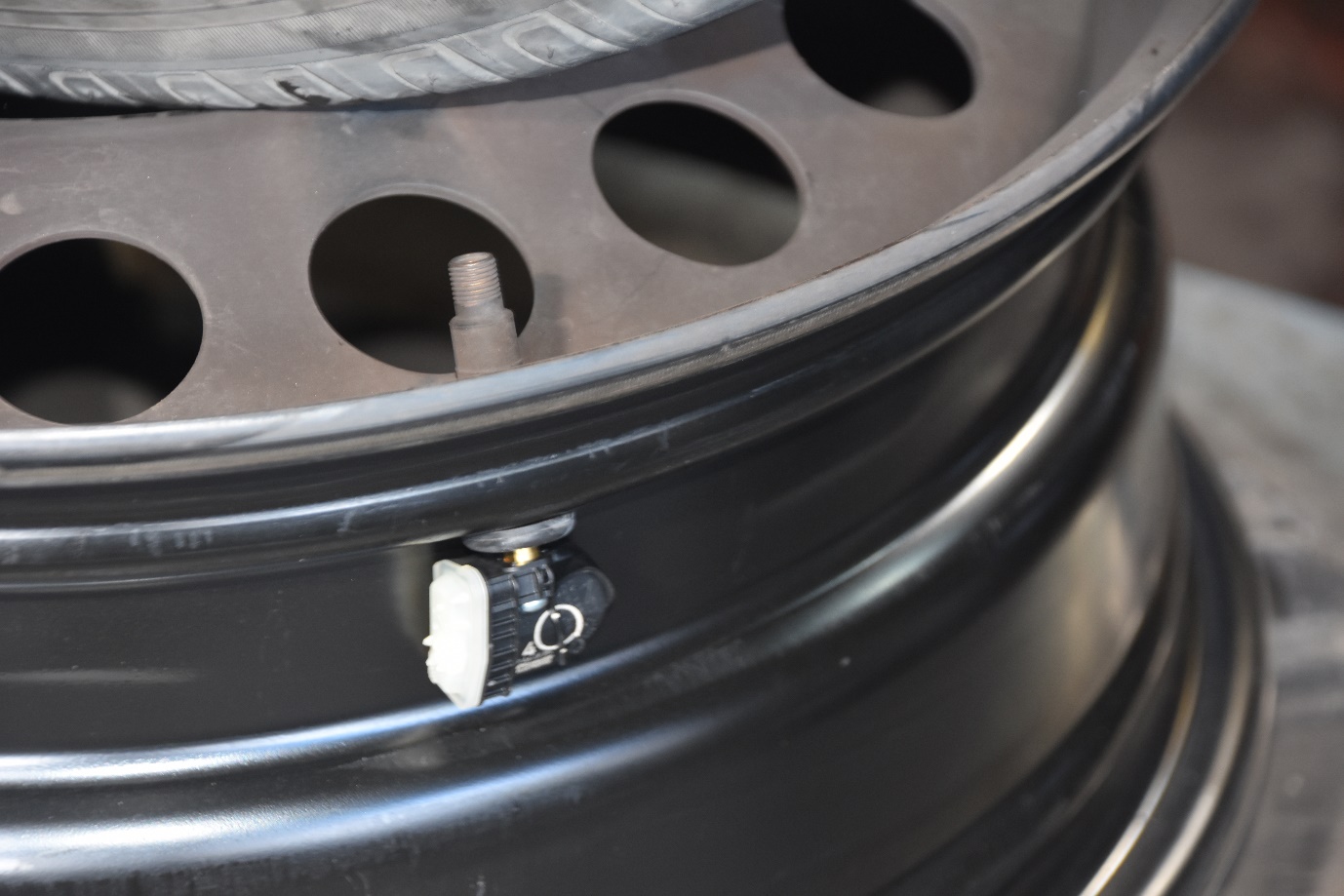Where Are Tyre Pressure Sensors?
Author Name –
Jack Underwood
24 Jul 2019
3 people
A tyre pressure monitoring system, also known as a TPMS, is a device that monitors tyre pressure. A TPMS consists of sensors that are fitted to all four tyres, and visual or audible warnings are presented to the driver of the vehicle if tyre pressure or temperature change significantly.

A TPMS improves the safety of a car when it’s fitted – checking tyre pressure every few seconds and essentially preventing any chance of a tyre blow out going unnoticed. They’re not new, having been used in certain models of car since the 1990s, but they’re rapidly growing in popularity with at least 6 million UK vehicles now using them.
One important note is that tyre pressure monitoring systems are checked as part of an MOT, so if yours isn’t working properly when its time for your car to get its MOT, you could end up failing.
Where are TPMS sensors fitted?
Tyre pressure monitoring systems come in two main types – direct and indirect. The sensors are fitted differently in these two different types.
Direct TPMS
A sensor valve is fitted to the air outlet valve of each tyre. This sends a low frequency signal to the car’s engine control unit (ECU) and provides information about tyre pressure and temperature. If the pressure of any of your tyres drop by a few PSI, the sensor valve is damaged, or the battery has expired, you’ll be warned with an alert light.
Indirect TPMS
An indirect TPMs works with the car’s antilock braking system (ABS) wheel speed sensors, rather than fitting directly to the tyre valve. If there’s low tyre pressure in just one tyre, it will rotate at a different speed to the others. This can be detected by the indirect TPMS and it will automatically trigger a dashboard warning light.
How can I find the recommended tyre pressure for my car?
Recommended and maximum tyre pressures vary from vehicle to vehicle. Fully loaded cars are also likely to require higher tyre pressure than a car with no passengers, and other variables such as the temperature and any towing loads can affect the recommended pressure.
You can find out what exact PSI level your car tyres should be inflated to using our online search function.
What to do if your TPMS warning light comes on
If your warning light comes on at any time, signalling that your car tyres have dropped in pressure and could be dangerous to drive on, you should:
- Stop your car at the next safe moment and check the air pressure in your tyres manually using a tyre pressure gauge
- Depending on the severity of the low pressure, either make your way to a garage immediately to get new tyres, or continue with your journey and remember to buy new tyres as soon as possible
- Fit your new tyres and reset the TPMS so that you’ll be aware when your tyre pressure drops again

Jack Underwood
Did you enjoy this blog post?
|
3 people found this review helpful